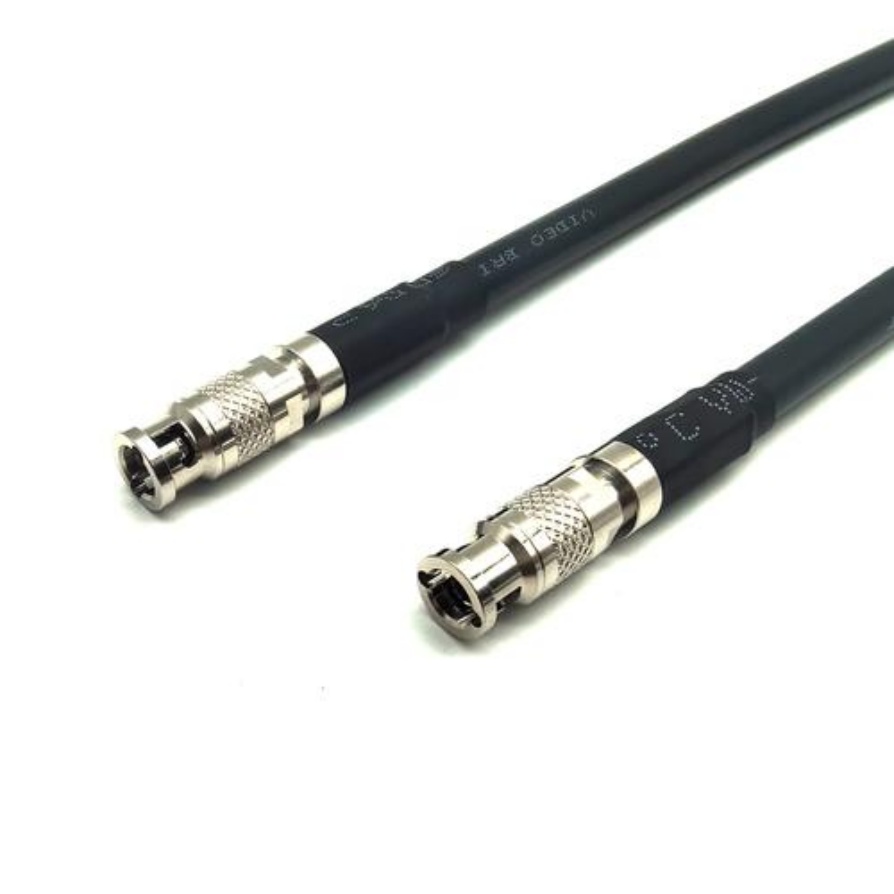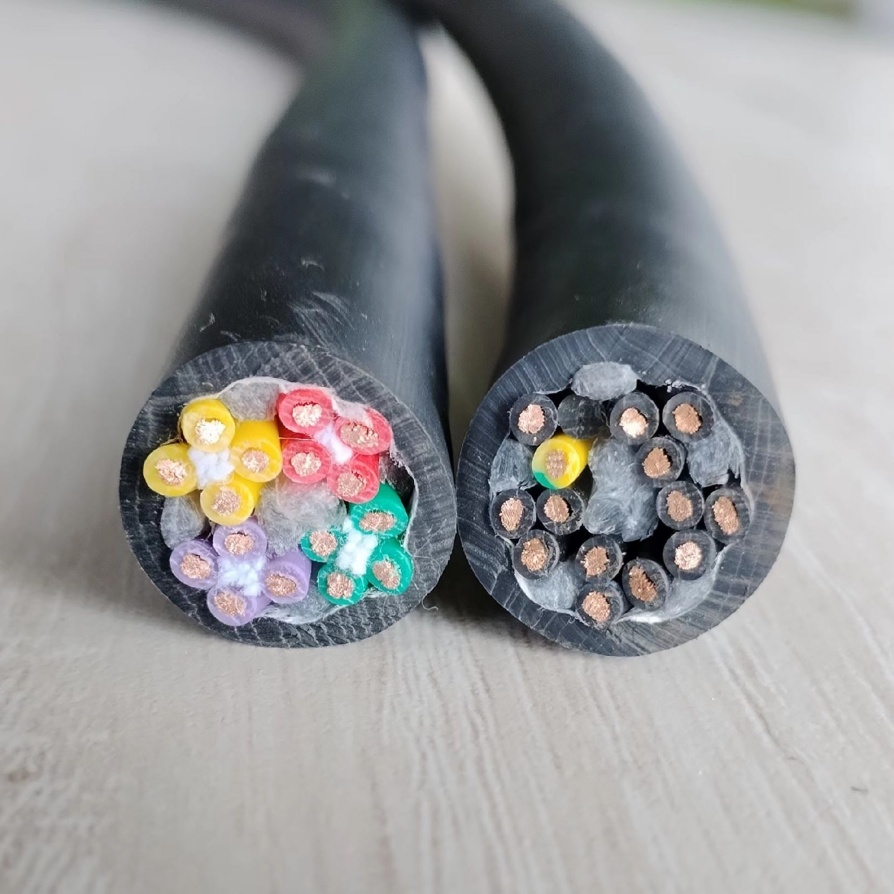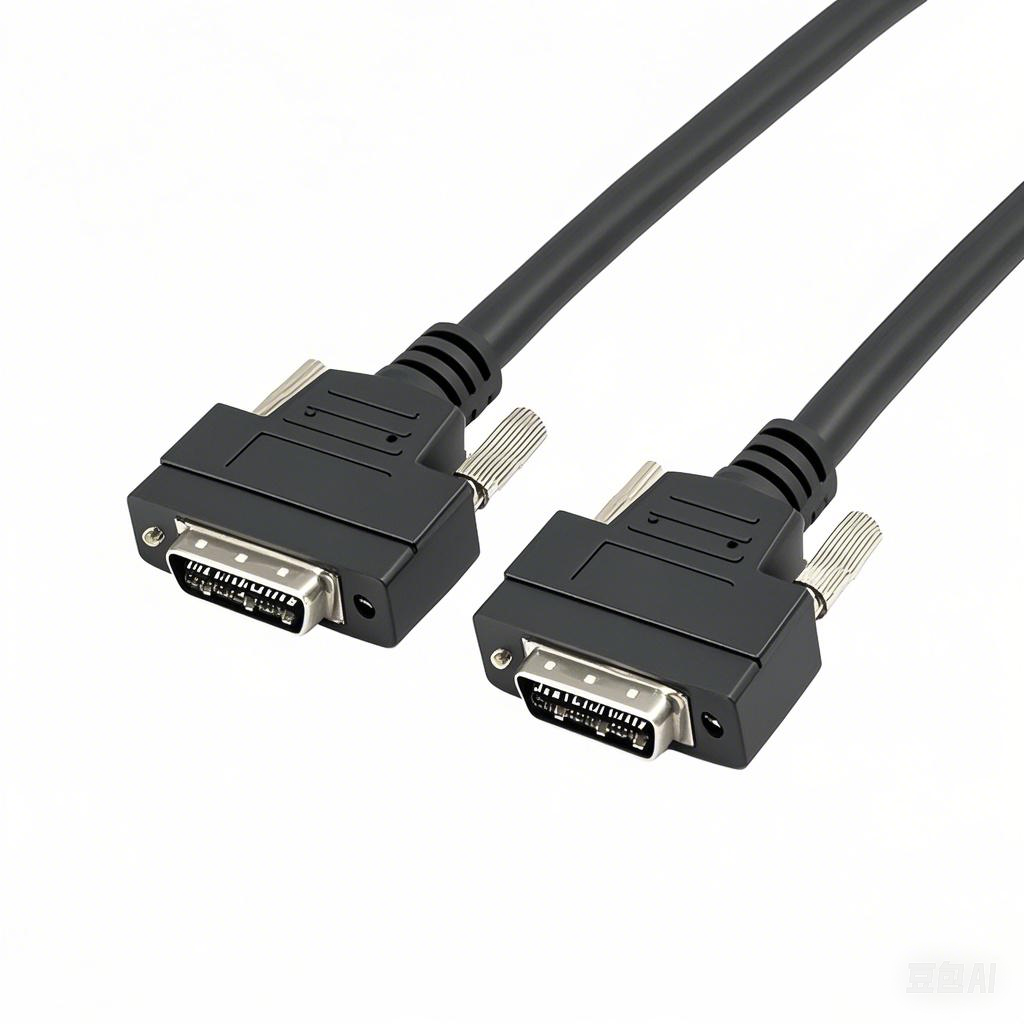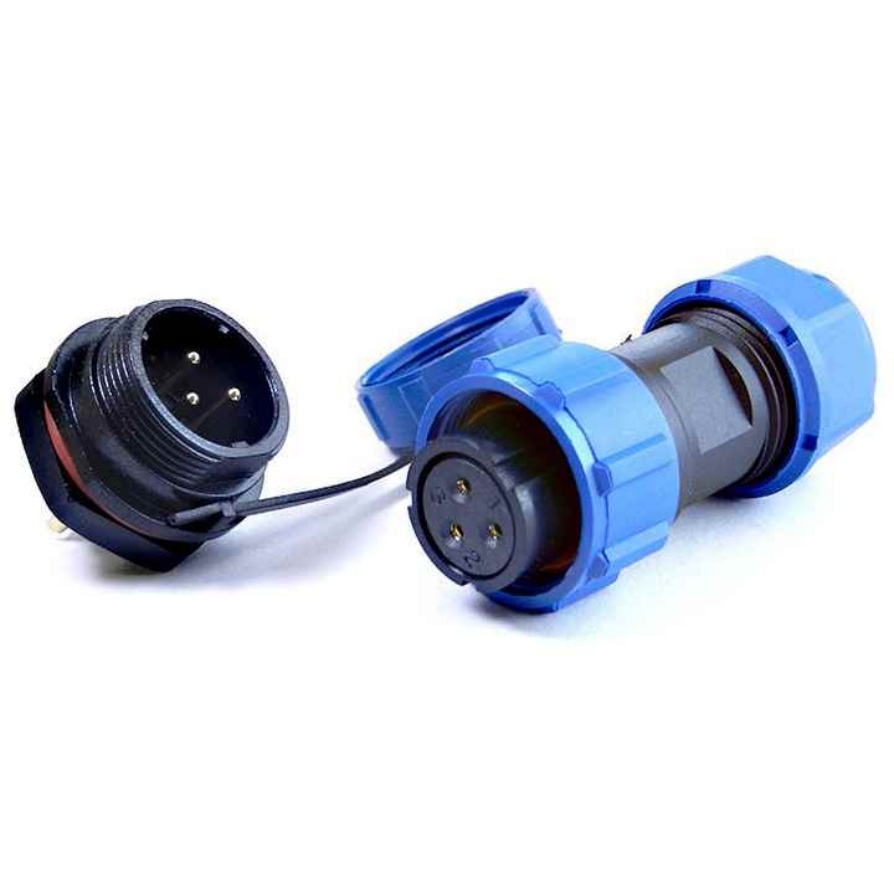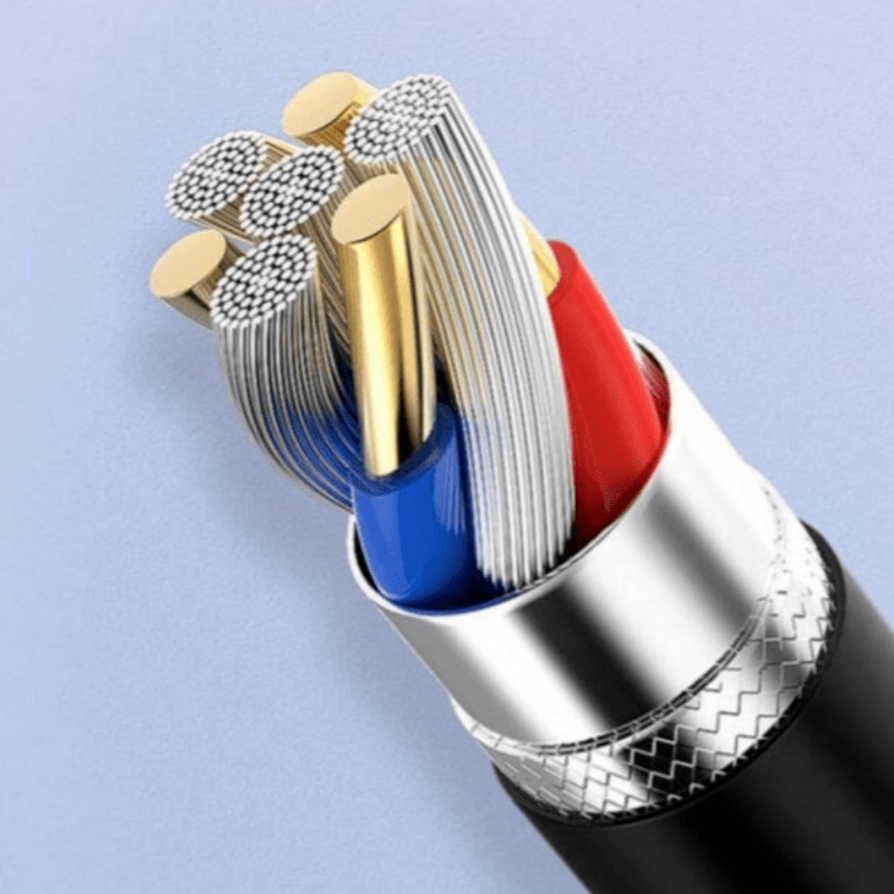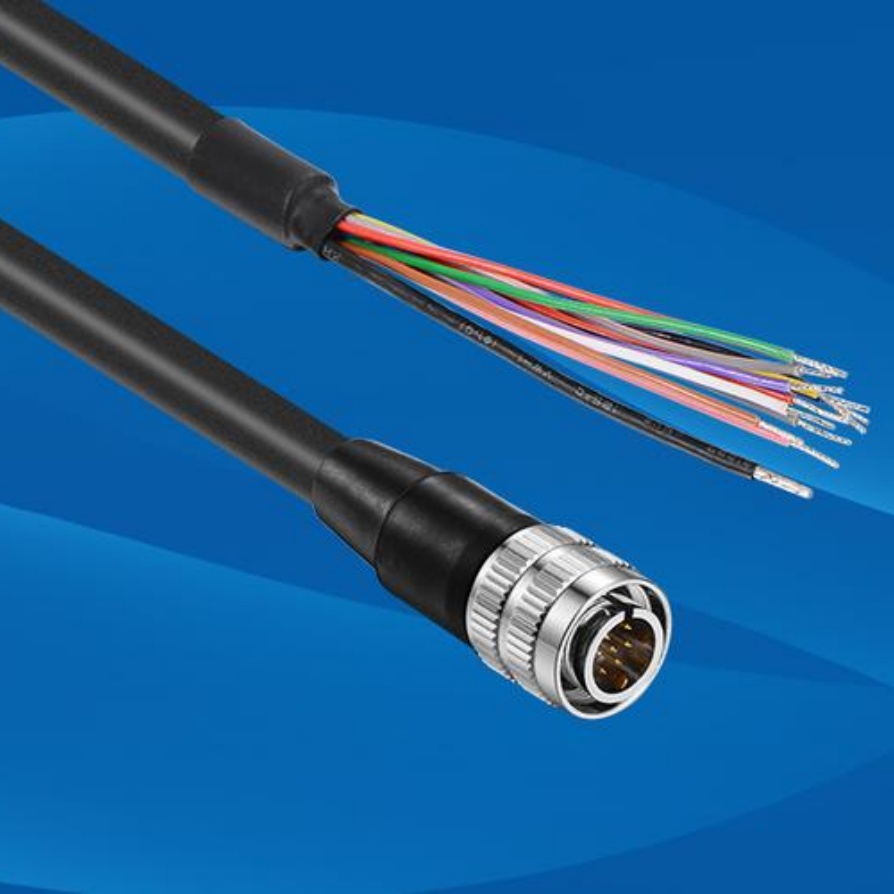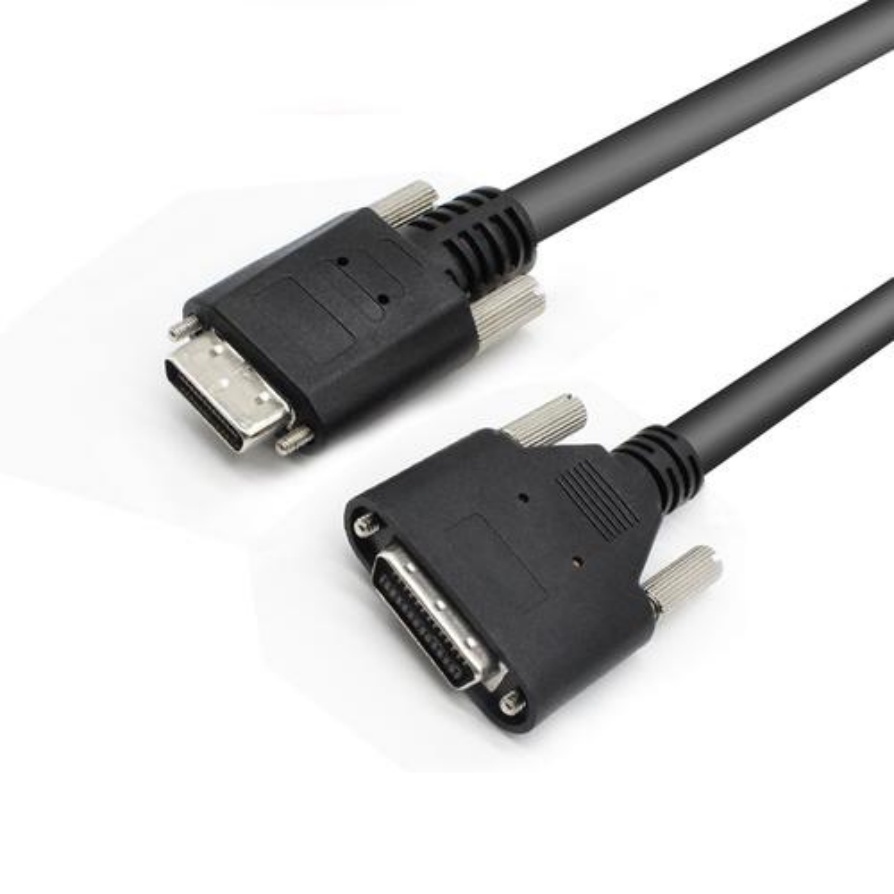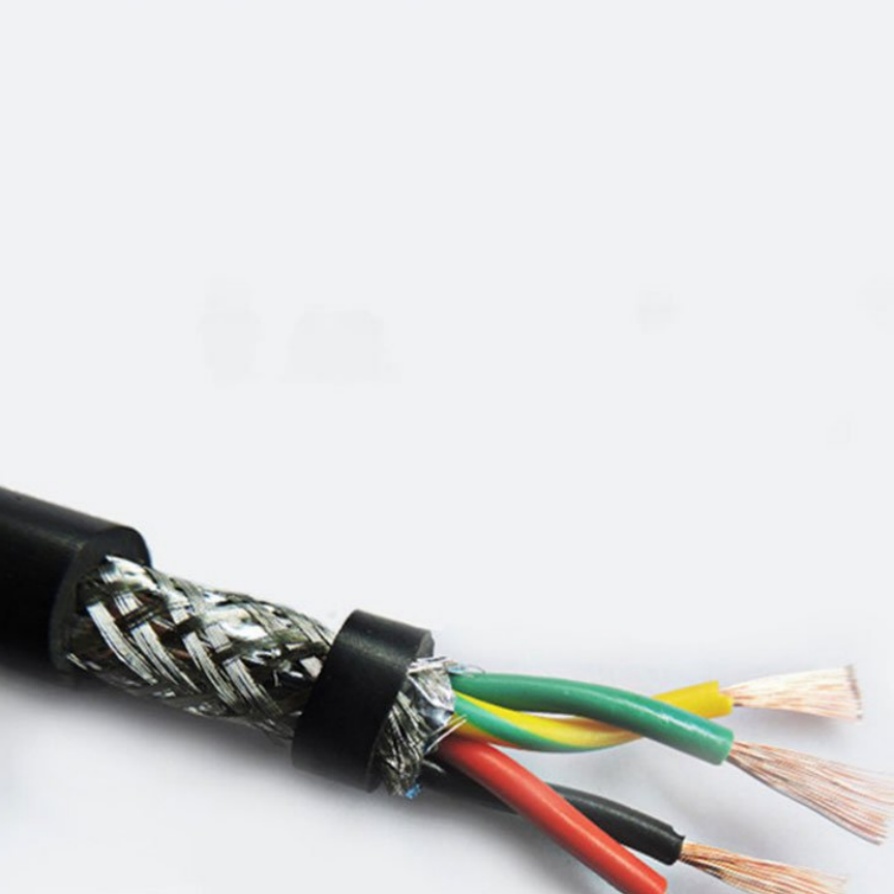How to Select Machine Vision Cables for Automotive Production Lines
In the high-stakes, fast-paced environment of an automotive production line, every component must perform flawlessly. While cameras, sensors, and software often get the spotlight, the machine vision cables connecting them are the unsung heroes. Selecting the wrong cable can lead to costly downtime, inspection errors, and production bottlenecks. This guide provides a practical framework for selecting the right machine vision cables to ensure reliability, speed, and accuracy in your automotive manufacturing applications.
Why the Right Machine Vision Cable is Non-Negotiable
Machine vision systems in the automotive industry perform critical tasks like robotic guidance, assembly verification, defect detection, and precision measurement. These systems rely on the integrity of data transmitted from the camera to the processor. A subpar cable can introduce the following issues:
- Data Corruption: Resulting in false rejects or acceptances of components.
- Intermittent Failure: Causing unpredictable production halts.
- Electromagnetic Interference (EMI): Especially problematic in areas with robotic welders and large motors, leading to noisy images and unreliable data.
Choosing a cable is not just a connectivity decision; it’s a critical decision impacting Overall Equipment Effectiveness (OEE).
Key Selection Criteria for Automotive Production Environments
When selecting machine vision cables, consider these essential factors tailored to the demands of automotive production.
1. Signal Integrity and Performance
The primary job of the cable is to transmit a perfect signal.
- Cable Type: For most modern high-speed cameras, Coaxial and Twinaxial cables are standard. Coax is common for standard resolutions, while Twinax (with two inner conductors) is essential for transmitting data from high-speed cameras using protocols like Camera Link HS or CoaXPress.
- Shielding: Automotive plants are electrically noisy environments. High-quality, multi-layer shielding (e.g., foil plus braid) is mandatory to protect against EMI/RFI. Look for cables that specify 85% to 95% braid coverage.
- Impedance: Match the cable’s impedance (typically 50Ω, 75Ω, or 100Ω) precisely to your camera and frame grabber specifications. A mismatch will cause signal reflections and degradation.
2. Durability and Mechanical Robustness
Cables in automotive plants face constant stress.
- Flex Life Rating: This is crucial. Cables on robotic arms (continuous-flex applications) require an extremely high flex life rating (often millions of cycles). For stationary or occasional flexing (e.g., cable carriers), a moderate rating may suffice. Never use a standard PVC cable in a continuous flexing application.
- Jacket Material: The outer jacket must withstand harsh conditions.
- PUR (Polyurethane): Highly recommended for automotive settings. It offers excellent resistance to abrasion, oils, coolants, and chemicals commonly found on the production floor.
- PVC (Polyvinyl Chloride): A cost-effective option for fixed, protected installations but generally less durable against oils and chemicals.
- Strain Relief: Integrated strain relief at the connector is vital to prevent wire breakage from constant bending and pulling.
3. Connector Type and Quality
The connector is a common point of failure.
- Standardization: Common machine vision connectors include M8, Micro-BNC, and industry-standard interfaces from companies like Hirose (e.g., HR10 series) for Camera Link. Ensure the connector matches your camera and host device ports.
- Locking Mechanism: A secure locking mechanism (e.g., screw-lock) prevents connectors from vibrating loose due to machinery motion.
- IP Rating: For wash-down areas or environments with exposure to liquids, select connectors with an appropriate Ingress Protection (IP) rating, such as IP67, which guarantees protection against dust and temporary immersion.
4. Environmental Factors
The specific location on the production line dictates additional requirements.
- Temperature Rating: Ensure the cable can withstand the ambient temperature range, which can be high near paint shops or welding areas.
- Flame Ratings: Cables should meet relevant safety standards for flame resistance, such as UL or CE marks. Some regions may require specific ratings like CPR (Construction Products Regulation) in Europe.
A Step-by-Step Selection Process
- Define the Application: Is it on a robot (continuous flex), in a cable carrier (flexing), or fixed? What is the data protocol (e.g., USB3 Vision, CoaXPress, Camera Link)?
- Assess the Environment: Identify exposure to oil, chemicals, temperature extremes, and EMI sources.
- Specify Technical Requirements: Determine the required cable length, impedance, and connector type based on your hardware.
- Choose by Durability: Select a jacket material and construction (e.g., high-flex) that matches the mechanical stress.
- Prioritize Quality: Opt for reputable manufacturers that specialize in industrial cables. The lowest-cost option often leads to the highest cost in downtime.
Conclusion
Selecting the right machine vision cable for your automotive production line is a strategic investment in manufacturing quality and uptime. By focusing on signal integrity, mechanical durability, connector quality, and environmental resistance, you can build a vision system that is as robust and reliable as the vehicles you produce. Don’t let an overlooked component like a cable become the weakest link in your automated inspection process. Make an informed choice to ensure seamless, error-free operation.



